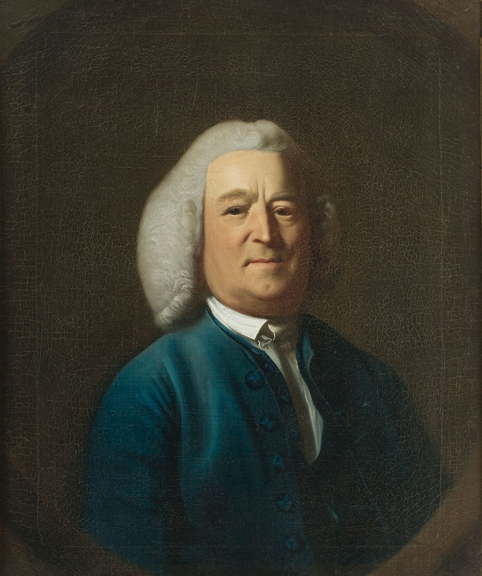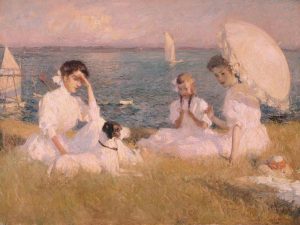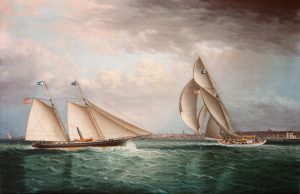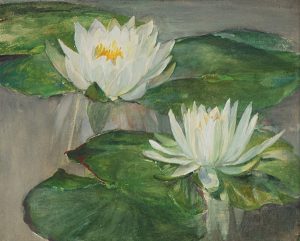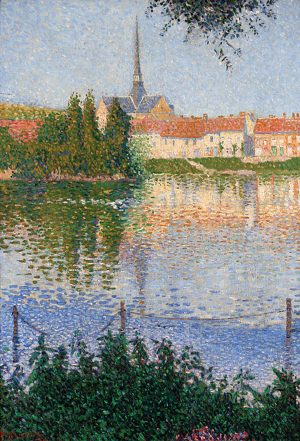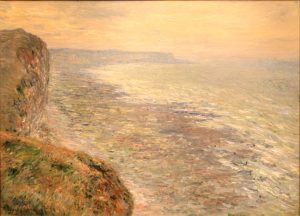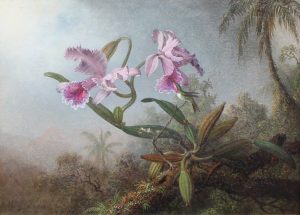John Singleton Copley (1738-1815)
John Singleton Copley was the premier portrait painter of the American colonies in the decades prior to the Revolution, and gained an equally impressive reputation as a painter of historic subjects after moving to London in 1774. Copley’s parents arrived in America from Ireland in 1736, and John was born in Boston in 1738. Copley was probably trained in drawing, printmaking and portraiture by his stepfather, Peter Pelham, a London-trained engraver. His early paintings were inspired by those of John Smibert and Joseph Blackburn, whose work exposed him to baroque and rococo style. Blackburn’s masterful treatment of textiles had a strong impact on the young painter. Copley was also influenced by Joseph Badger, Robert Feke, and John Greenwood, all of whom worked in Boston. Like other early American portrait artists, Copley drew heavily from seventeenth- and eighteenth-century English mezzotints for ideas about composition, settings, and costumes. Over time, however, the young painter developed his own style, which included emphasizing the individuality of his sitters and the use of strong color and chiaroscuro. Late in his career, Copley would achieve a striking austerity–previewed in his now-famous portrait of Paul Revere in 1768–that further set him apart from his contemporaries. Copley was already fulfilling commissions for portraits when he was in his teens. Many of the most prominent colonists sat for him, and he became the first American painter to achieve a degree of financial success that allowed him to live in the same style as his patrons. Between 1763 and 1764 alone he painted at least forty-four oil portraits. Copley was the first American artist to paint miniatures. He worked mainly in oil, but also pastel and watercolor, and he produced one known mezzotint. In 1766 Copley was elected to the London Society of Artists. He continued to exhibit his works regularly in London while remaining in Boston until 1774. In 1771 the artist traveled to New York and Philadelphia, producing thirty-seven portraits in just seven months. Between 1770 and 1772 Copley was commissioned by John Hancock, a neighbor of his on Beacon Street, to create a portrait of Samuel Adams. In this, his most openly political portrait, Copley depicts Adams confronting Governor Thomas Hutchinson over the rights of the Massachusetts colony on the eve of the American Revolution. Copley traveled through France and Italy before settling in London, where he spent the remainder of his life. His career in England proved just as successful as his American career had been. He was awarded full membership in the Royal Academy in 1779. While now specializing in history paintings, Copley continued painting portraits, numbering among his patrons British aristocrats and royals. Copley died in 1815 from a stroke.
Daniel Henchman
by John Singleton Copley (1738-1815)
| Medium | Oil |
| Medium Detail | Oil on canvas |
| Dimensions | 30 x 24 ¾ inches |
| Signed Location | Signed and dated, lower right |
| Date Created | 1766 |
Printable version
View additional works by John Singleton Copley
This artwork is no longer in our inventory
Contact Us About This Piece

